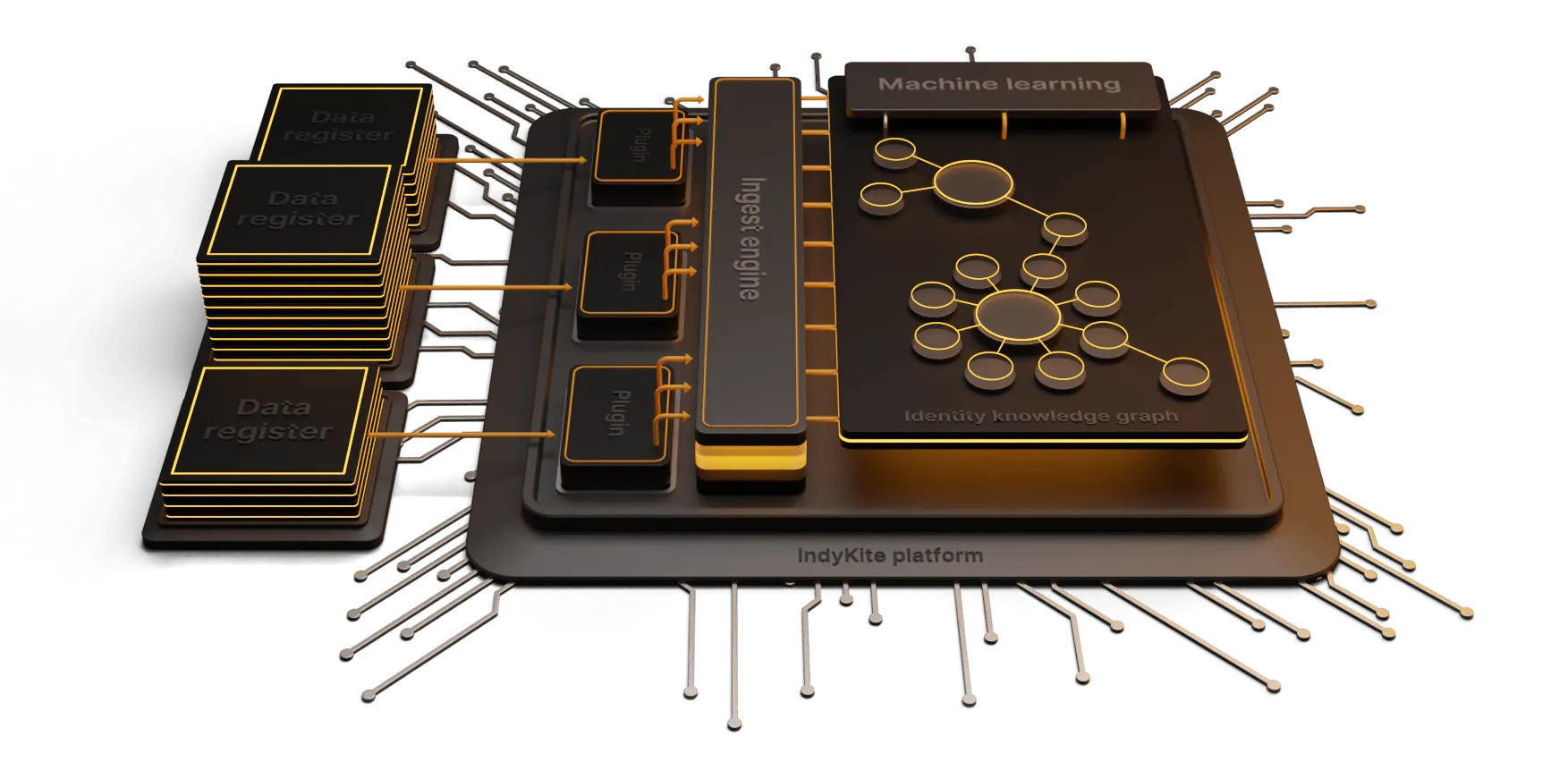For many years, I’ve been active in a “human-centric digital identity” community. This community comes together twice a year at the Internet Identity Workshop and most of our conversation is around improving identity systems and privacy for humans. When I first started thinking about digital identity, it was always in the context of accounts for humans to access specific systems. In the early days of the internet, we created individual accounts for each system we wanted to use.
With the rise of interactive websites using DHTML technology, the need for individual accounts exploded. On top of that, IT departments created accounts so we could access work systems. We very quickly moved to a world where humans had many accounts to access all the varied systems. Smart devices were not even on our radar at the time.
More recently, I conducted some research on non-human identity.
My research team used the term “non-person entity” or NPE to describe an entity that was not-human. As I began my pre-research research, I quickly realized that there was not a standard definition of what an NPE was. When I talked to IoT experts, IoT devices like sensors or smart electronics were NPEs. When I talked to finance and banking experts, corporations were NPEs. When I talked to IT experts, programs running on systems were NPEs.
I discovered NPEs can include bots, like AI customer service programs and connected medical devices like an insulin pump. Identity systems built for humans, don’t always fit for NPEs. On top of that, thinking in terms of human OR NPE misses the relationships between them. NPEs can be owned by a human (or corporation). This could be the components of your smart home - they are owned by you, a human, and you may configure them to do things for you on your behalf. NPE may collect and share data with patients, doctors or government regulators.
There’s a fascinating vision of the future of manufacture, called Industry 4.0, which envisions a connected factory floor with factory robots communicating with each other to adjust the product being produced, or the speed of the factory line. What we’re just starting to understand is the power of knowing the relationships between humans and NPEs.
Could NPEs be the way we augment our humanity? To create a secure connected relationship with our smart devices in our home, our vehicles and even our body? Will our companies use NPEs to provide better customer service, or identify patterns of fraudulent behavior? At IndyKite we think so, and we’re building an ecosystem to answer these questions.
November 13, 2021
Human and NPE Identity

PRODUCTS
Knowledge Based Access Control
Customer identity and authorization is powered by Knowledge Based Access Control. This advanced authorization tool allows you to intuitively design granular, secure and intelligent authorization decisions. Powered by a knowledge graph, it leverages context, relationships and rich metadata to facilitate intelligent access control with hyper precision.

PRODUCTS
Identity Knowledge Graph
Accurately reflect your landscape of users, applications, machines and data types. A real-world data model of both person and non-person entities and the relationships between them.


PRODUCTS
You might also be interested in
Keep updated
Don’t miss a beat from your favourite identity geeks














